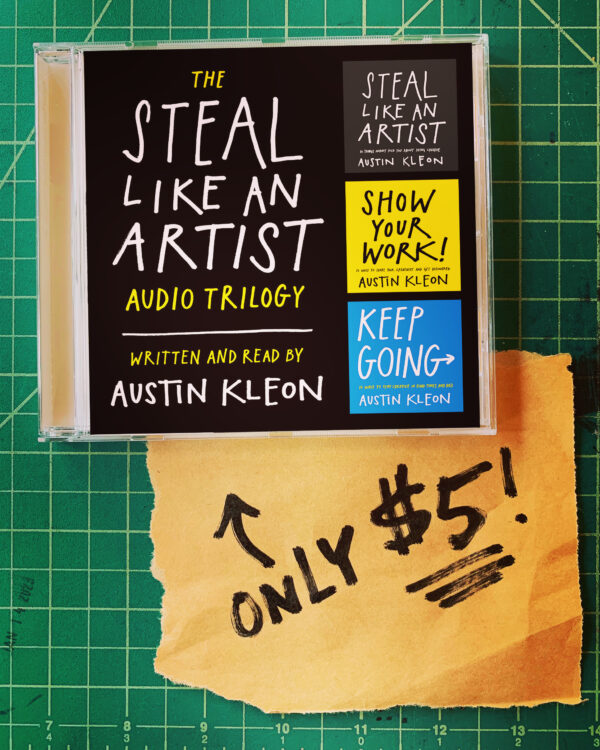
My audiobook trilogy is on sale through Apple: all 3 books for $5!!!
It’s a… steal.

My three notebooks. On the left: my logbook. On the right: my diary. And in the middle, my commonplace diary. (You can take a peek at it in the latest newsletter.)
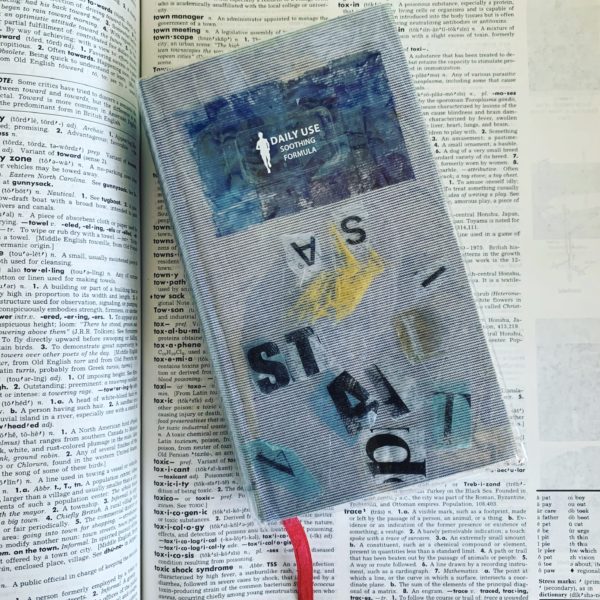
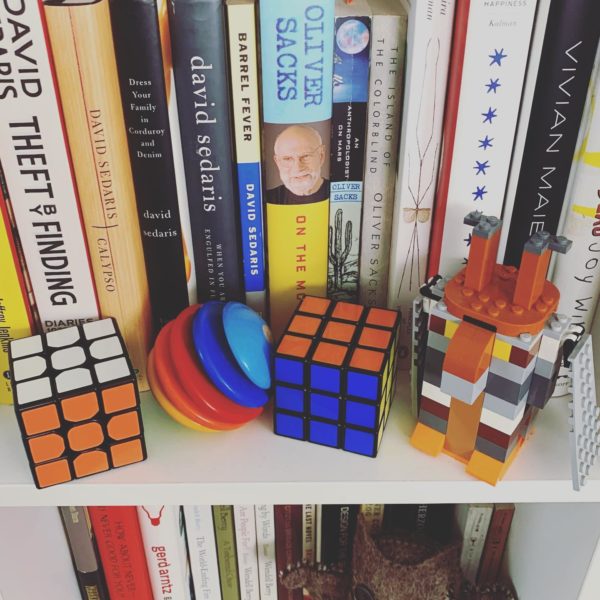
C. S. Lewis, in a letter to Arthur Greaves, 1932, describing the pleasure of a particular kind of marginalia, or reading with a pencil:
To enjoy a book like [Froissart’s Chronicles] thoroughly I find I have to treat it as a sort of hobby and set about it seriously. I begin by making a map on one of the end leafs: then I put in a genealogical tree or two. Then I put a running headline at the top of each page: finally I index at the end all the passages I have for any reason underlined. I often wonder — considering how people enjoy themselves developing photos or making scrapbooks — why so few people make a hobby of their reading in this way. Many an otherwise dull book which I had to read have I enjoyed in this way, with a fine-nibbed pen in my hand: one is making something all the time and a book so read acquires the charm of a toy without losing that of a book.
Emphasis mine.
Alan Jacobs brought this to my attention, and we texted a bit about it. He pointed out that little kids have a tendency to ignore purpose-built toys in favor things they can turn into toys, like cardboard boxes, sticks, dirt, etc. (See: “Throw out the instructions.” As Alan put it, if you only follow the instructions for a toy — or a book — you get what you expect, no more, no less.)
It makes me wonder if irreverence towards an object is the first step towards turning it into a toy, a plaything.
One of my favorite designers, Bruno Munari, did a series of “libri illeggibili” (“unreadable books”) which seem to start with this irreverent spirit and resemble toys — objects you play with:
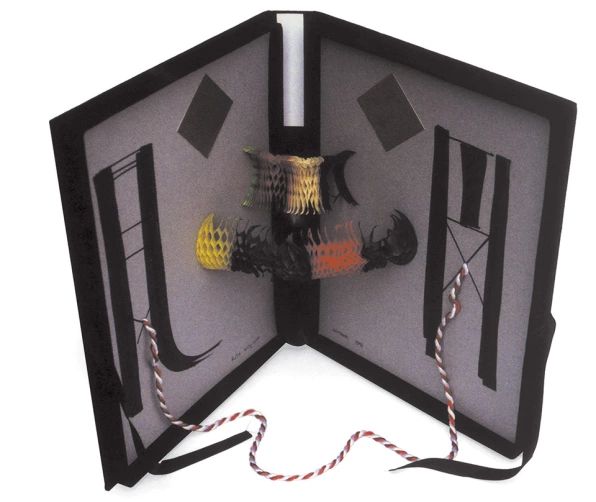
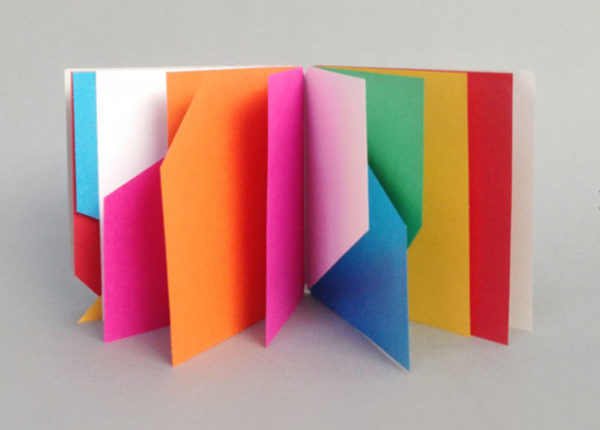
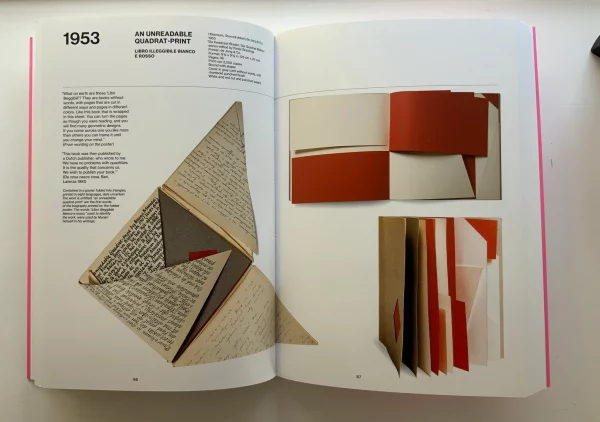
One thing these books do is highlight how interactive a paper book is, no matter the content — you turn the pages, you take them in. It’s your energy that unlocks whatever is on the page.
But the minute you become a little irreverent towards a book — underlining, dog-earing, scribbling arguments with the author — that’s the minute things really get cooking and reading becomes the act of making that C.S. Lewis was talking about.
When I was thinking about books as toys, chapter 88 of Grant Petersen’s Just Ride popped in my head: “Your bike is a toy. Have fun with it.”
IF YOU’RE SERIOUS ABOUT something, there’s a tendency to talk about the equipment for it as tools as opposed to toys. Tools are for work, for being productive and efficient; toys are for play. Tools cost more than toys, so there’s that, too. A wealthy amateur photographer with a Leica M9 wouldn’t call it a toy, nor would the shop that sold it. It’s “a tool for self-expression, a tool for communication, a tool for social change.” Calling it a toy will get you kicked out of the camera shop.
No matter how much your bike costs, unless you use it to make a living, it is a toy, and it should be fun. Whatever benefits accrue from riding won’t stop accruing just because you’re having fun. In fact, the more fun you have on it, the more you’ll ride it.
Montessori said play is the work of the child. Play is also the work of the artist. Can we get closer to play if we re-label our tools as toys?
It is very rare to find a book you like, written in a style you like, published in a way you like. Morgan Housel’s The Psychology of Money is one of those rare books.
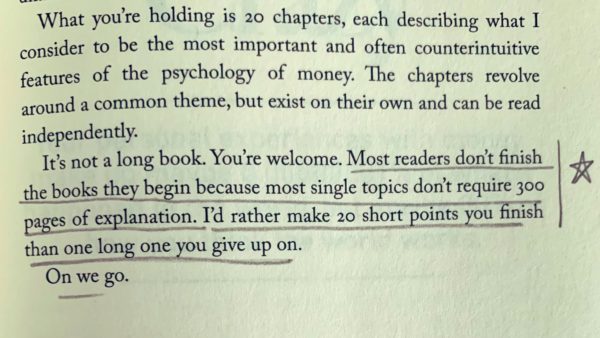
It’s not only a validation of my own approach to money — stay out of debt, live below your means, save as much as you can, take a long view, let compounding do its magic over time — it’s also written in opposition to the “one long slow idea book.”
In a conversation with Ryan Holiday, Housel said the book was rejected everywhere and that his agent had to fire herself because she couldn’t sell it. He said he went with Harriman House because they were the only publisher that would take it. (I’d never even heard of them.) They’re doing the free download with purchase of a physical copy thing that record companies have been doing for years, but publishers still resist. It’s now sold over two million copies!
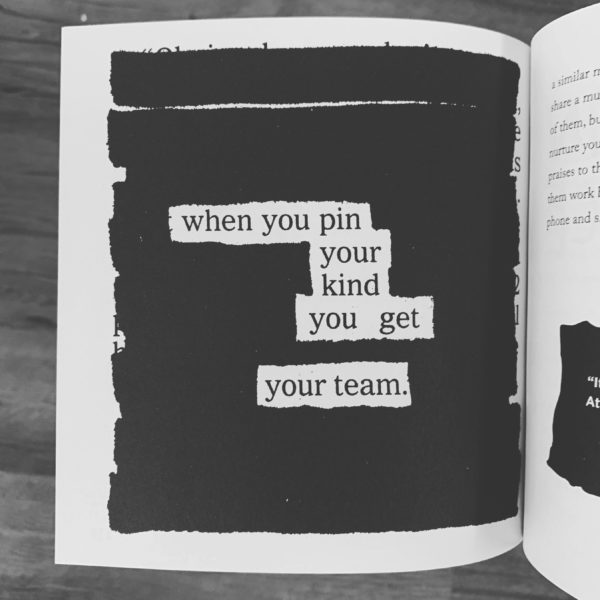
I loved Henrik Karlsson’s piece, “A blog post is a very long and complex search query to find fascinating people and make them route interesting stuff to your inbox.”
He writes:
A blog post is a search query. You write to find your tribe; you write so they will know what kind of fascinating things they should route to your inbox. If you follow common wisdom, you will cut exactly the things that will help you find these people. It is like the time someone told the composer Morton Feldman he should write for “the man in the street”. Feldman went over and looked out the window, and who did he see? Jackson Pollock.
So what do you write about to find your people?
You ask yourself: What would have made me jump off my chair if I had read it six months ago (or a week ago, or however fast you write)? If you have figured out something that made you ecstatic, this is what you should write. And you do not dumb it down, because you were not stupid six months ago, you just knew less. You also write with as much useful detail and beauty as you can muster, because that is what you would have wanted.
If you do this, Karlsson says, “You will write essays that almost no one likes…. Luckily, almost no one multiplied by the entire population of the internet is plenty if you can only find them.”
This is really a great summary of the best thing that writing and sharing your work can do for you.
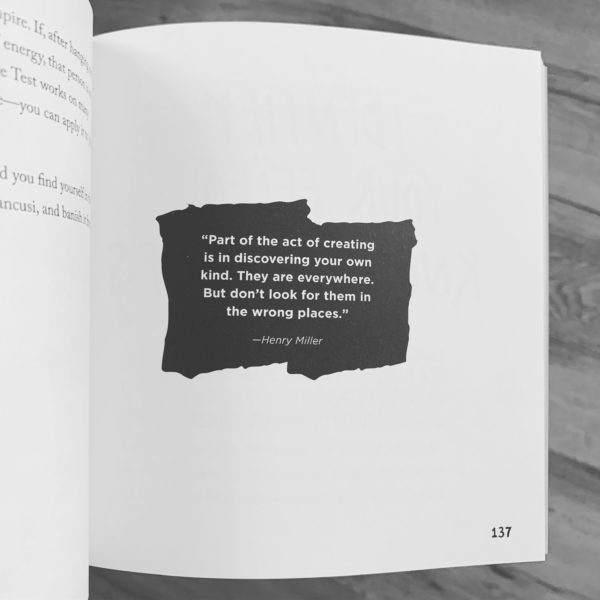
This site participates in the Amazon Affiliates program, the proceeds of which keep it free for anyone to read.